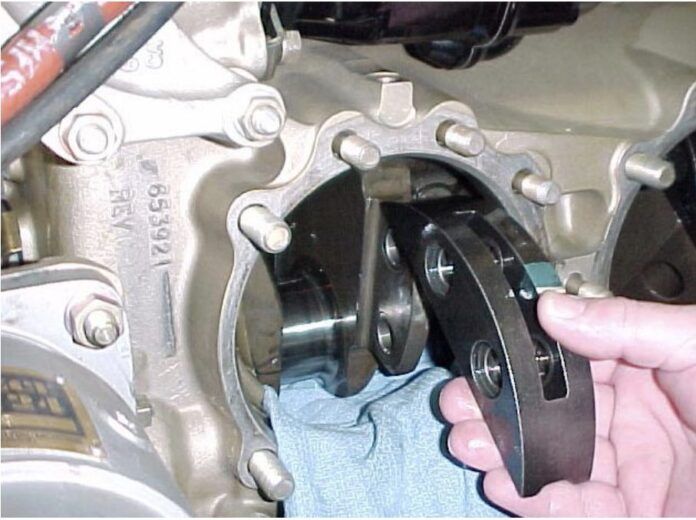The FAA has expanded its AD for certain Continental engines regarding potential manufacturing errors with the engines’ crankshaft counterweights. The original AD has been superseded and several new models added. “Since the FAA issued AD 2023-04-08, the FAA determined that IO-470-A, -C, -F, and -LO; and TSIO-360-F and -FB model engines are also affected by the unsafe condition and should be added to the applicability,” a notice says. “Additionally, the FAA determined that the limitations in the special flight permit paragraph, specifying ‘no metal contamination in the oil filter,’ did not account for trace metal particles that may be found in newer engines due to break-in of the engine.”
Operators of the affected engines have to inspect the cranks to ensure the counterweight retaining rings were installed correctly. There had been several instances where the rings were put in incorrectly and the weights came off during flight. Continental spotted the fault and notified the FAA and its customers in February. The expanded AD took effect Wednesday (March 15).




































“There had been several instances where the rings were put in incorrectly and the weights came off during flight.”
Really, there have? Would like to know more. I thought the only engine failures attributed to this problem were on the ground, but admittedly I have limited information (thus the request for data).
The AD states, “AD 2023-04-08 also resulted from reports of two ground Start Printed Page 15902 engine seizures and one in-flight loss of engine oil pressure due to improper installation of the counterweight retaining rings during manufacture.” and “The manufacturing quality escape has resulted in ground engine seizures and an in-flight loss of engine oil pressure, which could lead to catastrophic engine damage, engine seizure, and consequent loss of the aircraft.”
One in-flight incidence.
Maybe there have been more in-flight incidences after the AD was written. Perhaps only one is necessary to require the AD action.
As long as Continental pays for ALL costs associated with the AD. Too many times the financial costs are passed on the consumer. Gotta be well-heeled to own an aircraft these days.
Given that a loaded Cirrus SR22T is a seven figure beast, yeah, you need money. Ultimately, all of the engines would be under warranty, so Continental should pay for that work. Or go bankrupt doing so.
No, ADs are never paid by the manufacturer. They’re not like recalls on cars, though they should be.
Wrong, Lycoming paid for multiple AD’s on my AEIO D4A5 engines. I wrote the scenario in a previous post when this AD was first published. Good luck too all .